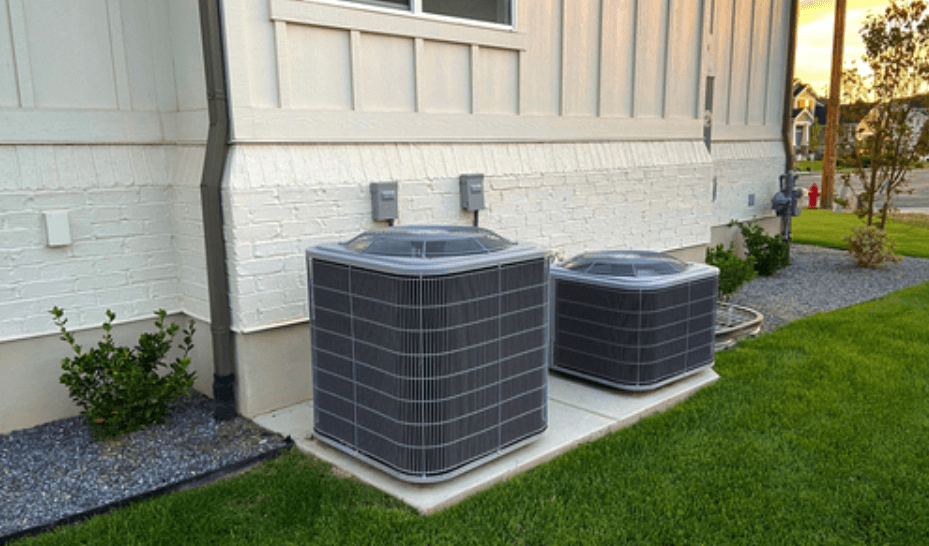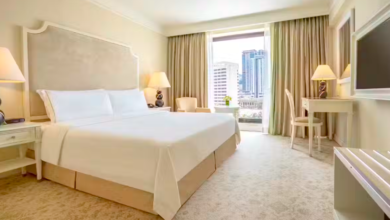
How should the Right-Sized AC Unit be Chosen for a Home?
Choosing the right size AC unit for a home depends on factors such as living space size, insulation quality, and local climate. Proper sizing ensures optimal cooling, greater energy efficiency, and a longer system lifespan. An undersized unit struggles to cool effectively, while an oversized one wastes energy, which is why working with licensed HVAC technicians at Beltway Air Conditioning & Heating to evaluate square footage and BTU needs is essential for a smart choice.
Why Correct Sizing Matters
The proper size of the AC unit is crucial to the comfort, efficiency, and the life of the system. Correct sizing will ensure that the system is consistently comfortable indoors, with affordable energy costs, and that the system has a long life. Very large or very small units will give uneven cooling, increase utility bills, and cause premature failures.
Home size, insulation, and climate are usually important factors that must be taken into account carefully, and a Manual J Load Calculation is usually applied to calculate these features.
See also: How Access Control Improves Business Cyber Resilience
The Undersized Unit
In the case of a small AC unit, it is not sufficiently large to cool all rooms. This causes temperature differentials with certain areas being too hot, particularly when the heat is at its peak. As this means that the system needs to operate continuously to match, the consumption of energy increases exponentially.
This continuous loading not only raises the utility costs but also hastens the wear and tear, thus reducing the life span of the unit. With time, wear and tear increase in frequency, which increases the cost of maintenance. A small AC not only makes the house uncomfortable, but it can even turn into an economic and ecological liability.
The Oversized Unit
A giant AC unit in itself presents problems. These systems have a short cycle, turning on and off with excessive frequency without having long enough time to cool the home effectively. The outcome is energy and increased operating costs.
Also, oversized systems do not dehumidify properly. This causes indoor air to be cold and greasy, which fosters mold or mildew. High cycling also puts pressure on important aspects such as the compressor, shortening the life of the system and exposing it to expensive repairs.
How To Calculate AC Size
The correct air conditioner size selection plays an important role in avoiding unnecessary cooling, unnecessary energy payments, and unnecessary HVAC unit wear. The correct HVAC size is determined by a number of factors, all vital in making correct calculations.
1. Square Footage
Any calculation is based on the size of the space being cooled. The first step that homeowners should take is to determine the amount of total square footage of the area. By this value, multiplied by 20 BTUs per square foot, we have a starting point cooling requirement.
An example is that a 500-square-foot room would need approximately 10,000 BTUs. Big houses or open plans can be adjusted, and multi-room designs usually need more BTUs to take heat transmission or gain between rooms into consideration. Guidelines like, to cool 400-600 square feet, a 12,000 BTU unit is sufficient, are useful as also given in quick reference charts.
2. Climate Zone
Cooling requirements can be affected largely by the regional climate. The houses in hot climates, including the tropical or desert regions, have increased heat gain, and more BTU capacity is needed.
Conversely, houses in temperate zones might require a lower number of BTUs. Generally, as a guideline, for every 1 degree higher than 25 o C, 500 BTU more can be needed.
3. Home Insulation
Much of the cooling efficiency is dominated by insulation. Homes that have poor insulation, such as those with little wall or attic insulation, generally need bigger AC units.
Better-insulated houses, however, can retain cooler air and thus have smaller and more efficient systems. Insulation not only lowers BTU requirements but also enhances comfort.
4. Window Exposure
The effect of windows on the gain of heat is very high, especially those windows that face the sun and are located in the south. Homes that have many, large, or poorly-sealed windows may need increased cooling capacity.
The pressure on the AC system can be minimized by simple repairs like window coverings or draft sealing.
5. Occupant Load
People produce body heat, and this influences cooling needs. It is common to add 600 BTUs per person after two people. Other activities, such as cooking or exercise, also add heat load, and periodic congregations might demand temporary peak cooling energy.
Beyond The Basic Calculation
When deciding the size air conditioner to purchase for a home, it is not as easy as calculating its size. The floor plan of the home, lifestyle, and other prospective needs are some subtle considerations that determine the right air conditioner sizing to maintain efficient cooling and optimum comfort.
Home Layout
Layout is important in AC sizing when it comes to cooling. Open floor plans may need larger systems, as without walls, it is harder to keep the cooled air contained. Multi-level homes have the advantage of zoning, each level to be controlled by different thermostats in order to deal with the natural increase of heat.
Circulation is influenced by room shape, too. Areas with unusual shapes or with insufficient airflow might require adjustments in order to get even cooling. Ductless mini-splits can provide a licensed solution to homes that lack ductwork, where ducting would require a considerable amount of remodelling, yet they provide the correct HVAC power.
Another line of complexity is ceiling height. Houses whose ceilings are higher than the standard nine feet need more cooling power to cool the larger amount of air in the house. Kitchens also should be singled out because appliance heat can contribute up to 4,000 BTUs of cooling load.
Lifestyle Patterns
The AC selection should also be based on daily habits. Families or individuals who spend most of their time in some rooms, like a home office or a living space, may set comfort on the cooling of such rooms without necessarily spending a lot of energy.
Efficient practices like setting the programmable thermostats when the house is empty can be used to reduce the cost of energy. Local weather differences have a role to play as well; houses in warmer areas may need bigger systems to compensate for extreme outdoor temperatures.
Cooling demands may be heightened by even seasonal activities like holding regular summer parties. These patterns must be taken into consideration when accounting in order to ensure that the system is operationalised in accordance with the daily and seasonal requirements.
Future Plans
The other significant step is the future-proofing of the cooling system. People who have intentions to renovate their houses or add another room would certainly opt in favor of systems that are accommodating, such as modular mini-splits.
Long-term energy efficiency is a win-win since it will reduce the operating costs. The flexibility of the answers makes the system adequate as the requirements vary.
Choosing the Right Size AC Unit for a Home
A properly sized AC unit is an important factor in keeping the system comfortable, minimizing energy losses, and prolonging the life of the system. Small units have difficulties in cooling, and large units are ineffective and cause humidity issues.
Considering room size, insulation quality, and climate makes AC selection smarter and more effective. BTU and SEER ratings are also important, serving as reliable indicators of cooling power and efficiency.
For the most accurate results, professional evaluations are highly recommended. HVAC specialists have the expertise and tools to account for the many variables homeowners might overlook. This extra step in selecting the right system saves money, enhances comfort, and maximizes the lifespan of the equipment.
In the end, choosing the proper size AC unit is an investment that pays off in both comfort and cost savings for years to come.




